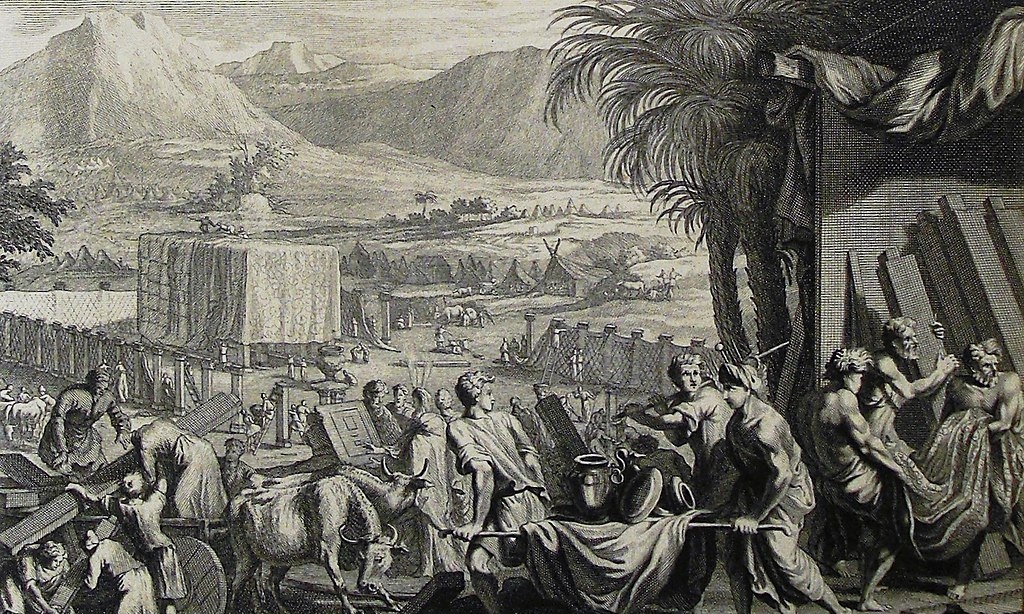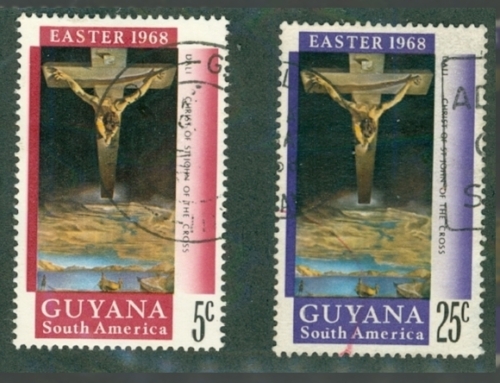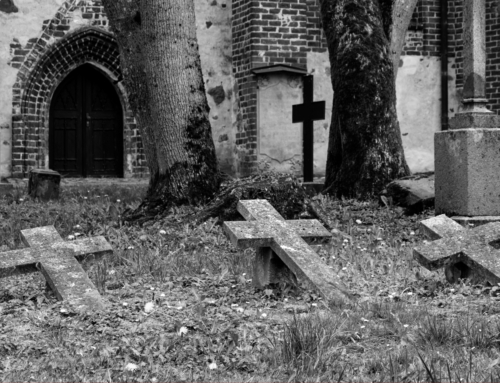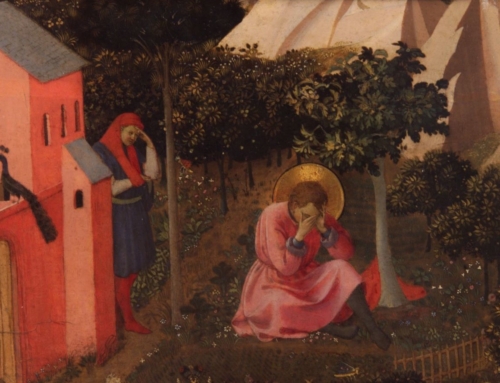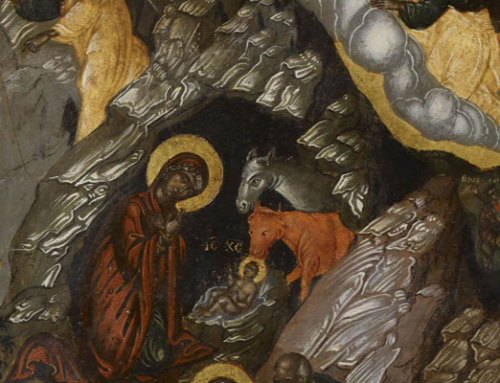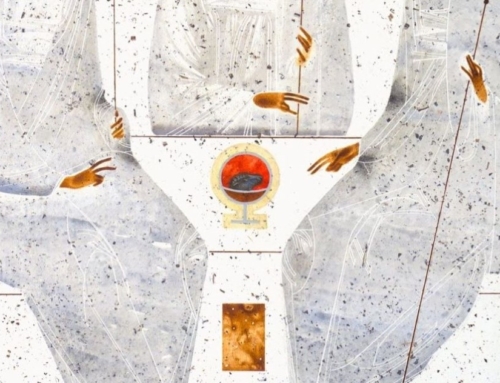The Word, in becoming man, chose to become a master craftsman (and that, initially, under the tutelage of Saint Joseph). He could not have assumed a more fitting occupation, for even before he assumed flesh, the Word plied his trade. This craftsman produced two masterpieces. He wrought his first at the beginning of time: “Through him all things were created, in heaven and on earth, visible and invisible” (Col 1:16). Later, however, “when the fullness of time had come” (Gal 4:4), God sent forth his Word to assume calloused hands by which he would fashion his second masterpiece: an everlasting temple, through which, with which, and in which every sin-laden soul may encounter the infinite mercy of God and become a partaker in the divine nature. He accomplished his first work in an instant and from nothing at all. He built his second work over time and from his very own members.
This second masterpiece was initially prefigured by Moses’s tabernacle at Mount Sinai and later by Solomon’s temple on Zion’s height. Both were framed of timbers, one of acacia wood cut by Bezalel (Exod 35:30-35) and the other of cedars felled by Sidonians (1 Kgs 5:20). The very heart of both structures was the Ark of the Covenant, the seat of God’s mercy and divine presence. The tabernacle of Moses—compact, mobile, and lightweight—prefigured the humility of the Incarnation itself. With Mary’s fiat, “the Word became flesh, and did tabernacle among us” (John 1:14 YLT). And as the Word incarnate “increased in wisdom and in stature” (Luke 2:52), his body grew more and more to resemble the temple of Solomon—robust, firm, and majestic.
The temple of his body, however, had not yet achieved its final form. For just as Solomon’s temple was destroyed by sinful men, so too would the temple of Christ’s body be destroyed. The master craftsman knew this from the start: “Destroy this temple and in three days I will raise it up” (John 2:19).
Here, Old Testament prefigurations can only stammer, for the sacrifice to be offered in this temple would simultaneously lead to both its destruction and completion. When his hour had come, the master craftsman set to work: “Knowing that the Father had given all things into his hands . . . [he] rose from supper, laid aside his garments, and girded himself” with his apron (John 13:3-4). So great a labor ensued that “his sweat became like drops of blood” (Luke 22:44). He needed minimal lumber. Only a single Cyrenian was employed to help carry the load. On Calvary Hill, five gateways to the temple were opened. Its high priest offered the temple’s one and only sacrifice from within its Holy of Holies. In that Holy of Holies beat his most Sacred Heart, the seat and font of divine mercy. From the center of this holy temple, the priest-craftsman offered to the Father his life in love for the sins of the world. Nearby, his loving mother looked on as he announced, “It is finished!” (John 19:30).
The sacrifice was finished, but the temple still had not achieved its final form. Its craftsman labored on. He would now achieve a temple-raising prefigured not in stone, but in prophecy. Ezekiel had envisioned the elevation of an immense and glorious temple exceeding all proportion to earlier sanctuaries (Ezek 40–42). On Easter morning, the master craftsman would raise such a temple as not even Ezekiel could imagine. From its side would flow an eternal spring destined to re-animate the whole of fallen creation. The Lord’s saints would know its “breadth and length and height and depth” (Eph 3:18). They would forever have access to its gateways opened on Calvary.
We marvel at the sight, for even now, centuries after the raising of this awesome temple, the master craftsman labors on. He turns to you and me and bids us come to his heart. For there, in his Holy of Holies, he wishes to make us “living stones” (1 Pet 2:5) which he might incorporate into his masterpiece of redemption (Eph 2:21-22).
✠
Image: Phillip Medhurst, The Phillip Medhurst Picture Torah 498 (CC BY-SA 3.0)

